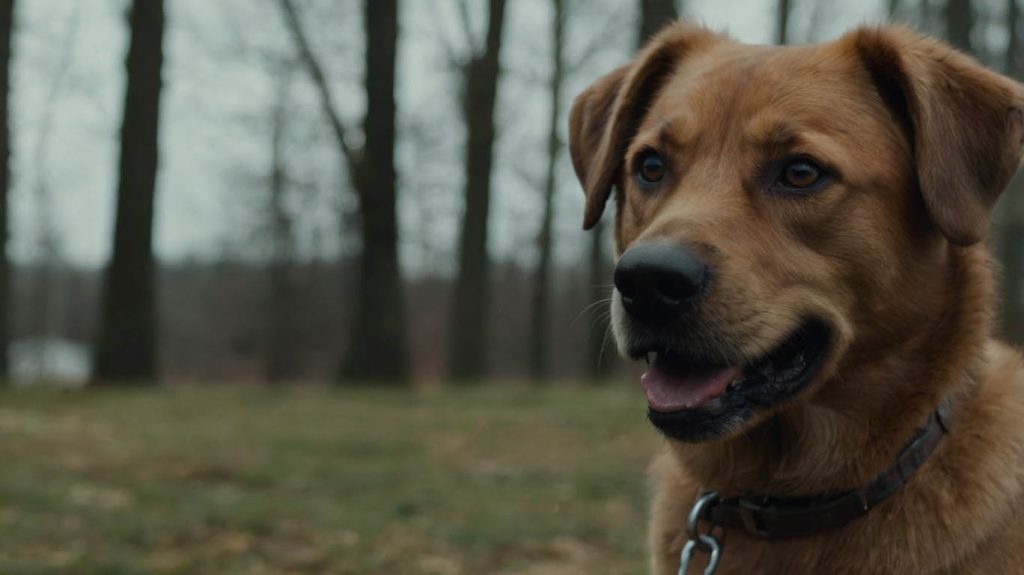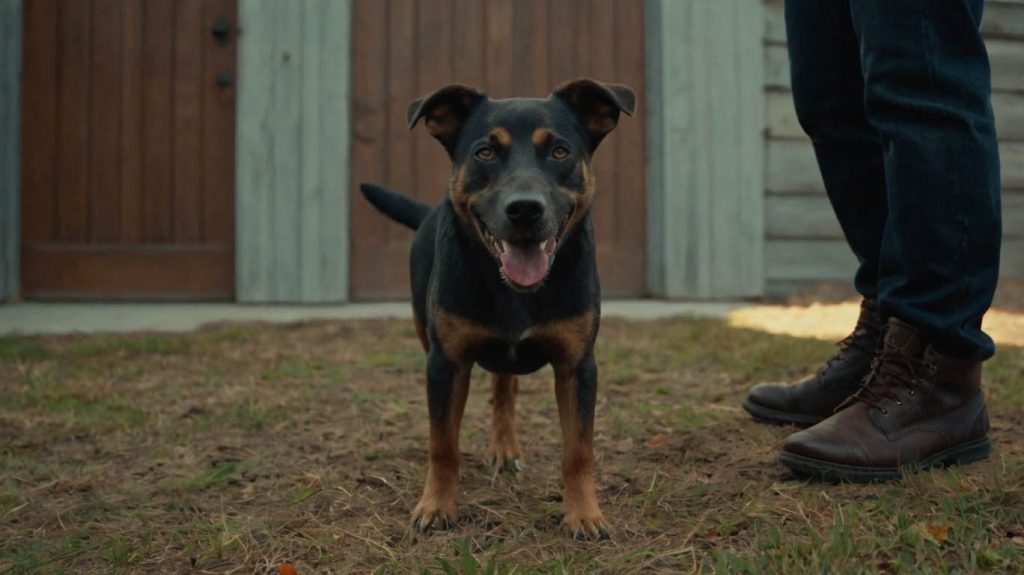Imagine calling your dog from across the park. With no food in hand, you wonder—will they listen? Many dog owners face this same question. While treats are often the go-to reward in training, it’s absolutely possible to teach strong recall without relying on food. In fact, using how to teach a dog to come without treats methods can lead to better long-term reliability and a more focused bond.
Whether your dog is treat-averse, has dietary restrictions, or you’re simply looking to eliminate over-dependence on snacks, this article will guide you through a proven, relationship-based approach to teaching recall—no biscuits required.
Let’s dive into everything you need to know about how to teach a dog to come without treats through real-life scenarios, praise, and engaging play.
Why Focus on Treat-Free Recall Training?
Treats work—at first. But if a dog only comes when food is involved, what happens when you don’t have any? Training without treats builds:
- Reliability in real-world situations
- A stronger emotional connection
- Less reliance on external rewards
- Improved off-leash behavior
- More natural, enthusiastic responses
Ultimately, teaching your dog to respond without food creates more freedom, fun, and safety in daily life.

Case Study: Luna the Distracted Lab
Luna, a 2-year-old Labrador, loved people, dogs, birds—everything but recall. Her owner had tried countless treat-based methods, but Luna would only come if food was visible. After switching to how to teach a dog to come without treats using a ball as the primary reward, Luna became laser-focused. After a few weeks of structured games and consistent praise, she responded to “Come” reliably—even when the ball stayed in the pocket.
Luna’s transformation proves that connection and engagement—not cookies—are what matter most.
Start With a Strong Foundation
Build Trust Through Daily Engagement
Recall begins with connection. Dogs who are emotionally bonded to their people are more likely to listen—even without food.
To strengthen your bond:
- Engage in daily play sessions
- Practice calm petting and massage
- Use a consistent tone and language
- Be your dog’s “fun zone,” not just their disciplinarian
This connection becomes your reward system—the secret sauce behind successful how to teach a dog to come without treats strategies.
Using Praise as Powerful Reinforcement
Make Your Voice Irresistible
Enthusiasm is everything when you don’t have treats in hand. Your energy must become the reward.
Tips for praise-based training:
- Use high-pitched, happy tones
- Pair praise with gentle petting or clapping
- Add physical excitement like kneeling or open arms
- Reinforce immediately—timing is critical
Say things like “YES! Good dog!” when they come to you. Celebrate every success like it’s the Super Bowl. Your dog will start to want to come just to experience your energy.
Establish a Strong Verbal Marker
Even without treats, a consistent cue lets your dog know they’ve done well. Common verbal markers include:
- “Yes!”
- “Good!”
- “That’s it!”
Use it every time your dog does the right thing. Over time, this becomes just as rewarding as food.
Turn Recall Into a Game
Use Play to Boost Motivation
Play is one of the most effective tools in how to teach a dog to come without treats. Incorporate games to keep your dog interested and motivated.
The Chase Game
- Call your dog (“Come!”) while backing away.
- Clap and act silly to spark engagement.
- When they reach you, play a short tug or praise session.
Hide and Seek
- Hide behind trees or furniture.
- Call your dog once.
- Celebrate like crazy when they find you.
These games train fast responses and make coming back fun—not boring.
Incorporate Real-Life Rewards
Let the Environment Do the Work
Life rewards are powerful motivators—especially outside the home. Use them to reinforce recall in real-world situations.
Examples of life rewards:
- Letting your dog greet another dog only after a successful recall
- Opening the back door after they come when called
- Clipping on the leash only after they return from play
- Allowing them off leash again after a good recall
These reinforce the value of returning to you, not just what’s waiting in your pocket.

How to Teach a Dog to Come Without Treats Step-by-Step
Phase 1: Indoor Foundation
Start in a distraction-free environment.
- Stand across the room.
- Say your recall cue (“Come!”).
- Use an excited voice and gestures.
- When they arrive, praise immediately and play for 5–10 seconds.
Repeat this exercise multiple times daily. Mix it up to avoid predictability.
Phase 2: Controlled Outdoor Training
Move to a backyard or quiet park.
- Keep a long line attached (20–30 feet)
- Add slight distractions (squirrels, people in distance)
- Use recall, then immediately reward with praise, ball toss, or chase
- Repeat with increasing difficulty
Gradually reduce reliance on the leash as your dog succeeds.
Phase 3: High-Distraction Environments
Once recall is solid, practice where your dog is likely to get distracted.
- Off-leash dog parks
- Busy sidewalks
- Hiking trails
- Around wildlife
Always be upbeat. Make yourself more interesting than the distractions. This is where your relationship and praise-based approach shine.
What to Avoid in Treat-Free Recall Training
Avoid these mistakes for better results:
- ❌ Using a harsh or frustrated tone
- ❌ Repeating the cue (“Come, come, come…”)
- ❌ Grabbing or scolding the dog once they arrive
- ❌ Ignoring them after they return
- ❌ Practicing only when it’s convenient
Remember, your dog must associate “Come” with only positive things. Even if they take forever, praise them when they get there.
Case Study: Tango the Terrier Learns the Hard Way
Tango, a feisty Jack Russell, would come only when bribed with chicken. His owners decided to switch to a treat-free method. After two weeks of “chase me” games and excited praise every time he came—even if he took a detour—Tango stopped waiting for food and started sprinting toward his owners, ears perked, tail wagging. They now walk confidently off-leash at the park.
FAQs
Can I really train a dog to come without any treats?
Yes. Many dogs respond better to praise, play, or affection than food, especially when reinforced consistently.
What if my dog ignores me in public?
Back up your training. Add a long leash, increase your energy, and reduce distractions until they succeed.
How long does it take to train recall without treats?
It depends on your dog and consistency, but most see improvement within 2–4 weeks of daily practice.
What if my dog only listens when I have a toy?
That’s okay! Use the toy as a transition, then fade it out slowly by replacing it with praise or real-life rewards.
Should I ever use treats again?
You can use them occasionally, but this method helps your dog focus on you—not what’s in your hand.
Conclusion: Freedom Starts with Connection
Knowing how to teach a dog to come without treats gives you something more than obedience—it gives you a dog that chooses you, every time. When your dog learns to return because they want to, not because of what you’re holding, you unlock deeper trust, greater freedom, and safer off-leash adventures.
Through consistent praise, playful engagement, and real-world rewards, you’ll build recall that lasts a lifetime—no treats necessary.


